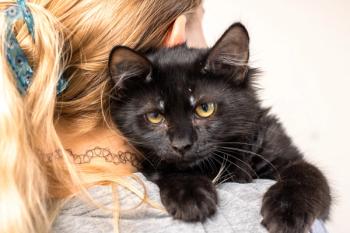
Light Pollution Affects West Nile Virus Spread
A new study suggests that birds with West Nile virus can remain infectious for twice as long when they are exposed to light pollution.
A new study from researchers at the University of South Florida (USF) highlights the correlation between exposure to light and the spread of West Nile virus (WNV) through birds.
To measure how light transmission could translate into more avian cases of WNV, nearly 50 house sparrows were intentionally infected with the virus. All were monitored regularly for disease signs as well as body weight, viremia, and stress hormones. A dim light was kept on during the night in 50% of the study birds’ cages; the other half of the cages remained in complete darkness.
Interestingly, exposure to light did not impact how many birds displayed clinical signs or how long they stayed sick—sparrows from both groups got sick within 2 days and almost half died. However, the researchers identified that the group exposed to light at night remained infectious for 2 additional days, doubling the length of time before a bird’s immune system fought back to bring virus levels low enough so that biting mosquitoes could no longer be infected.
Although WNV primarily affects birds, animals and humans are also susceptible when bitten by mosquitoes that have previously fed on infected birds. This
Since the first case of WNV was identified in Queens, New York in 1999, the virus has spread throughout the country and news coverage of reported cases has become commonplace. But the familiarity of the virus doesn’t negate its seriousness. Nearly 44,000 WNV cases have been reported in the United States since 1999 and
About 20% of infected people are symptomatic, with fever, body aches, joint pains, vomiting, or rash. Most people recover from the virus, but about 1 in 150 infected people develop a serious, sometimes fatal, illness affecting the central nervous system.
Additional Studies
USF has conducted related research on how light exposure can increase stress hormone levels in birds, how those stress hormones affect the likelihood that a bird could be bitten by an infected mosquito, and how the stress hormones might impact a bird’s resistance to the virus.
A day before presenting their findings on light pollution, researchers from the university (some of whom worked on both studies) spoke about
In 2016, the USF College of Public Health
The researchers concluded that the corticosterone levels in their test birds were within the range of normal for birds in the wild when exposed to stressors in natural their environments, such as road noise, pesticides, and light pollution.
Newsletter
From exam room tips to practice management insights, get trusted veterinary news delivered straight to your inbox—subscribe to dvm360.






